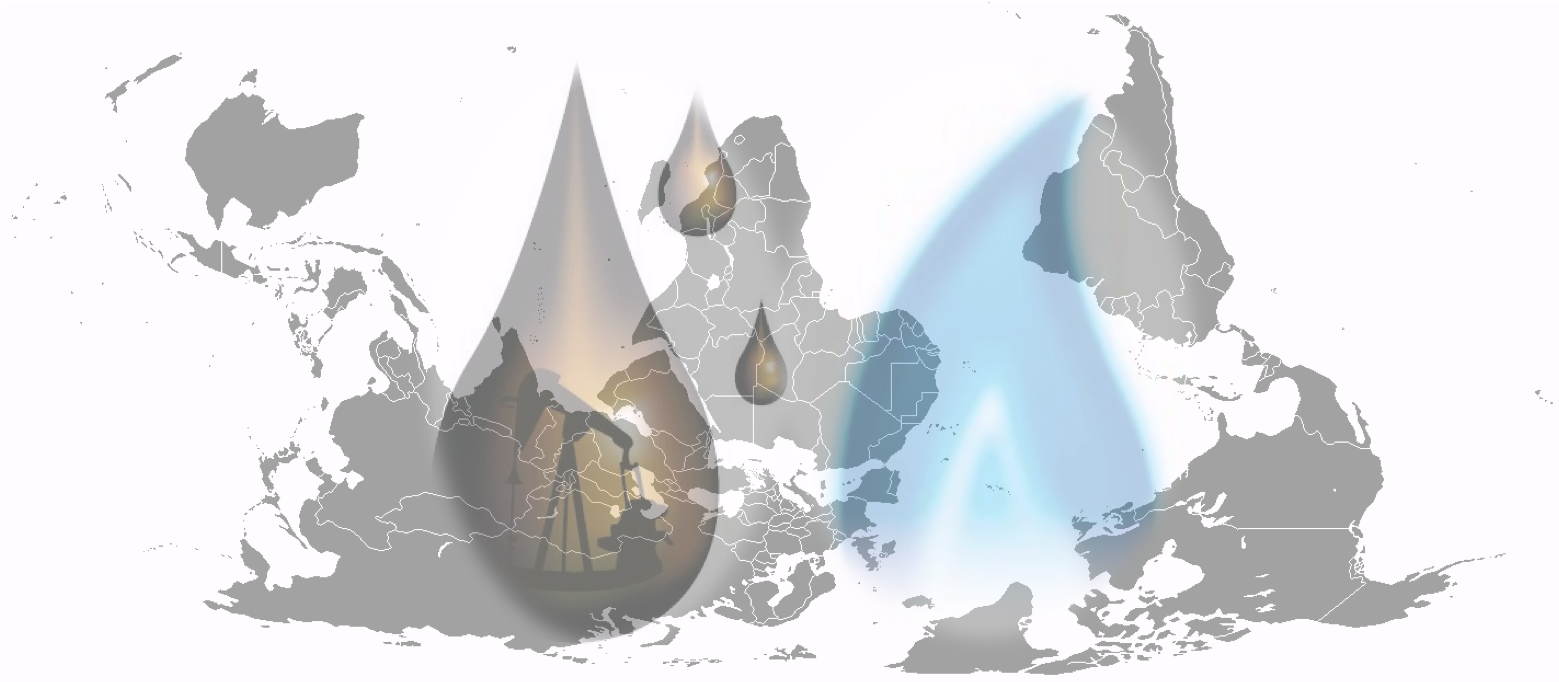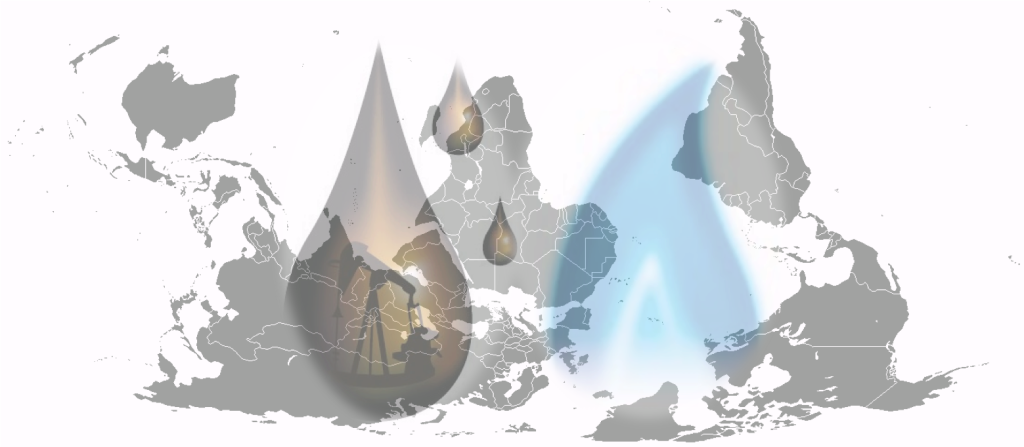If it seems like the energy globe has tilted off its axis, that’s because the balance of power in the petroleum world has shifted. Thanks to the domestic shale revolution, the US is no longer as dependent on Middle Eastern and other super-suppliers. And this is having a ripple effect throughout the world – changing alliances and creating new ones – from North America to South Australia.
What Happens to OPEC?
The aptly named Organization of the Petroleum Exporting Countries (OPEC) has long been the standard – and the muscle – in the worldwide oil trade. Since its founding in 1960, this band of oil-rich nations has amassed a good deal of power and influence over the energy market. But its influence is now being challenged. In its recently released World Outlook, OPEC acknowledged that it had underestimated the significance of the North American energy boom. The group tripled previous estimates for shale oil produced in the US and, to a lesser degree in Canada, and predicted a decline in demand for its own crude through to 2018.


